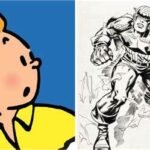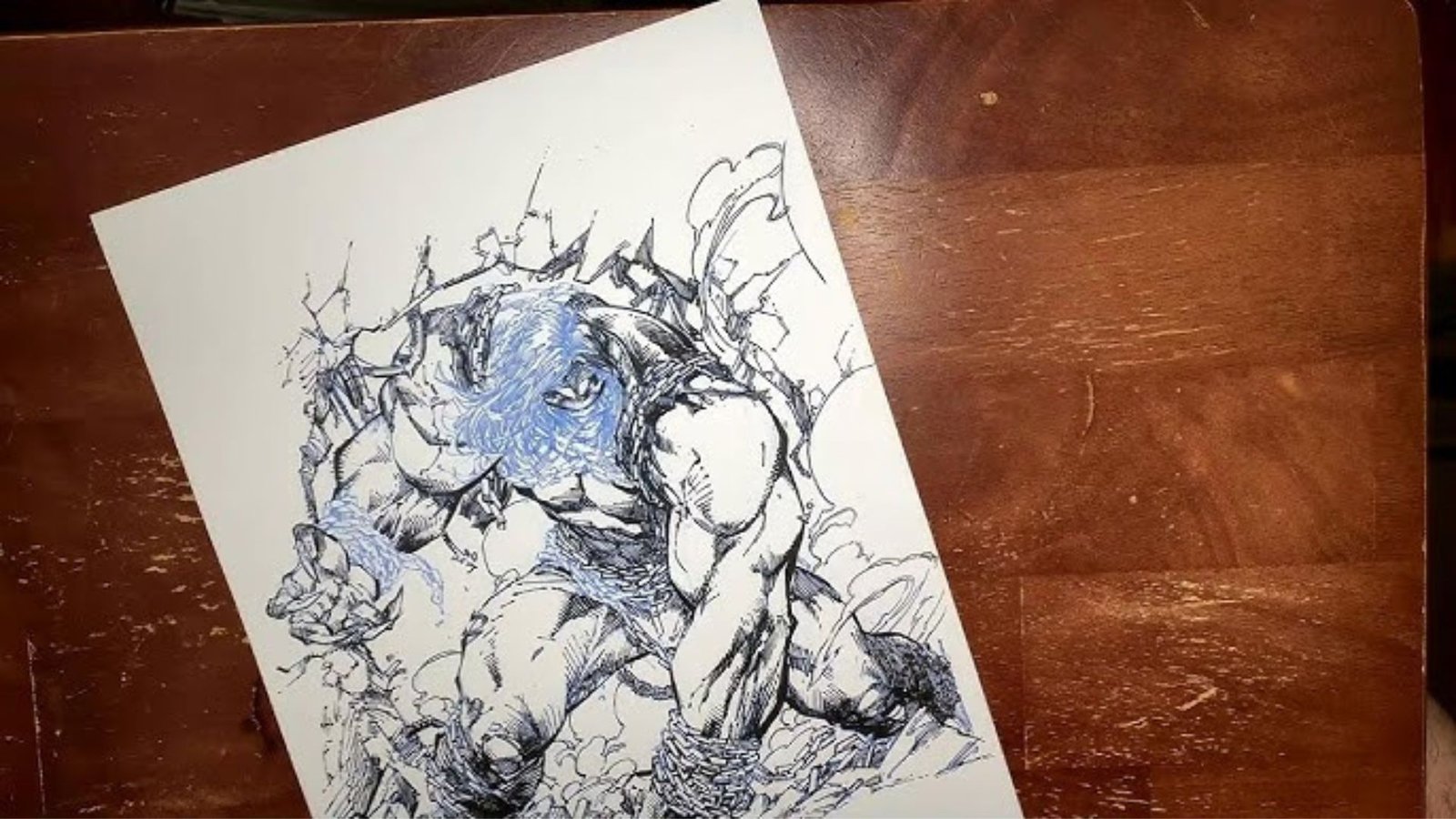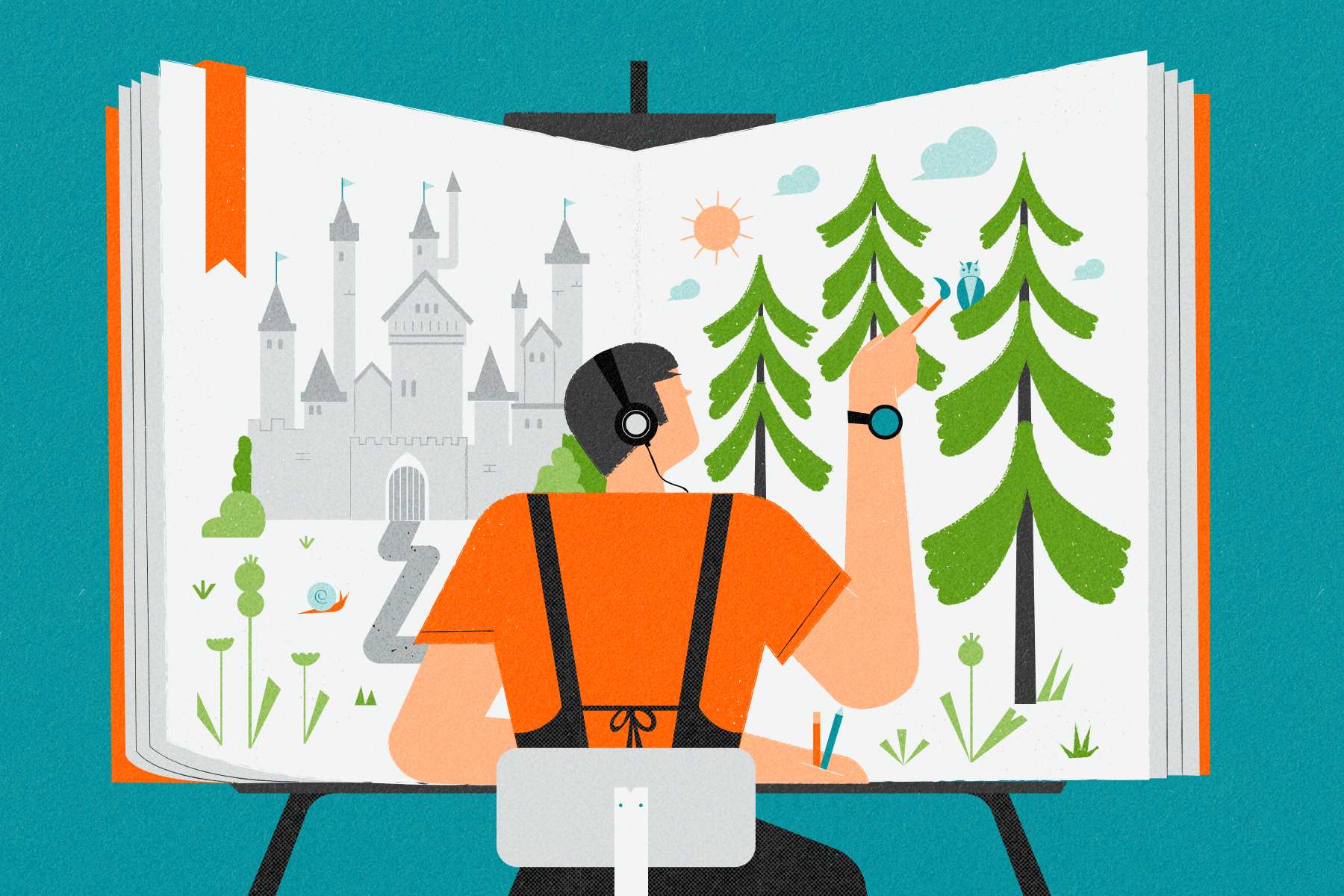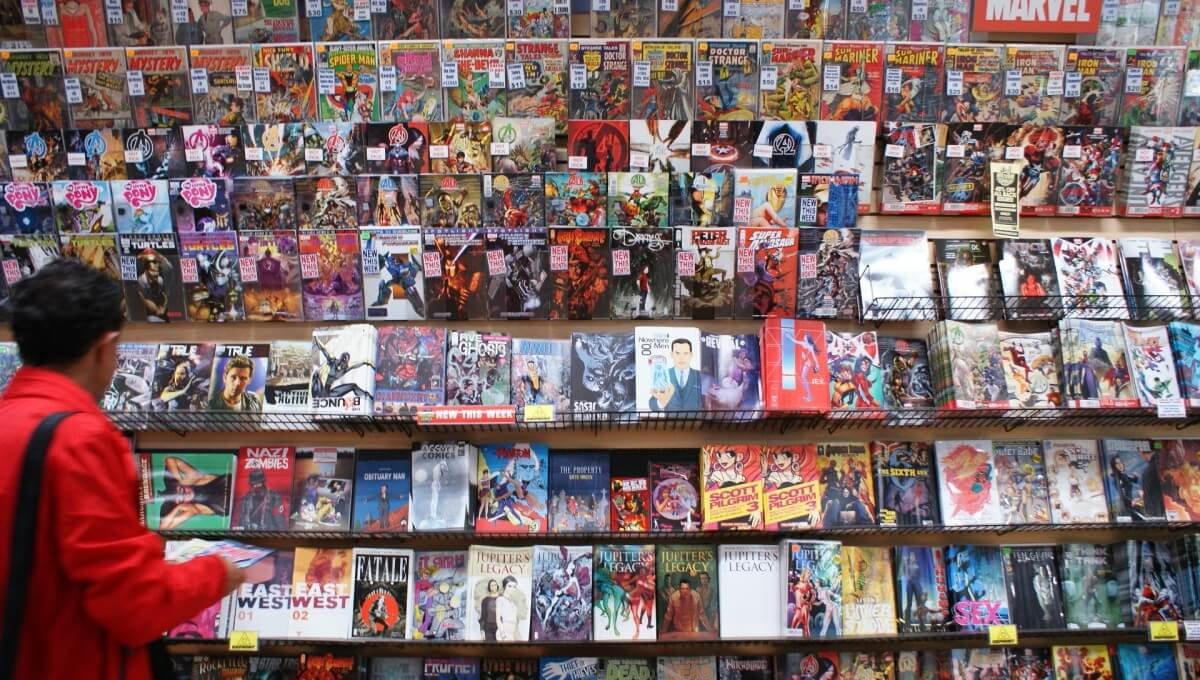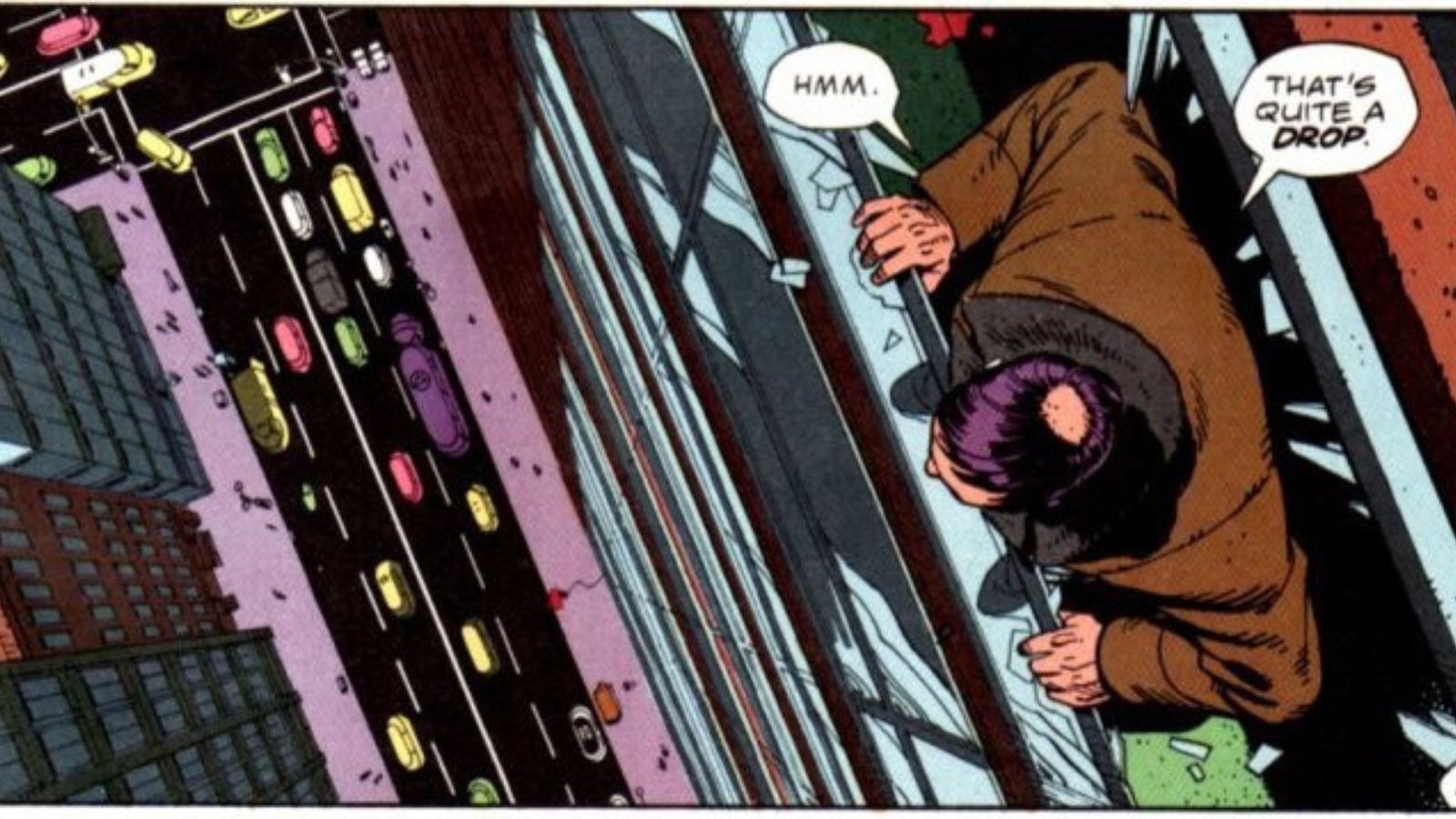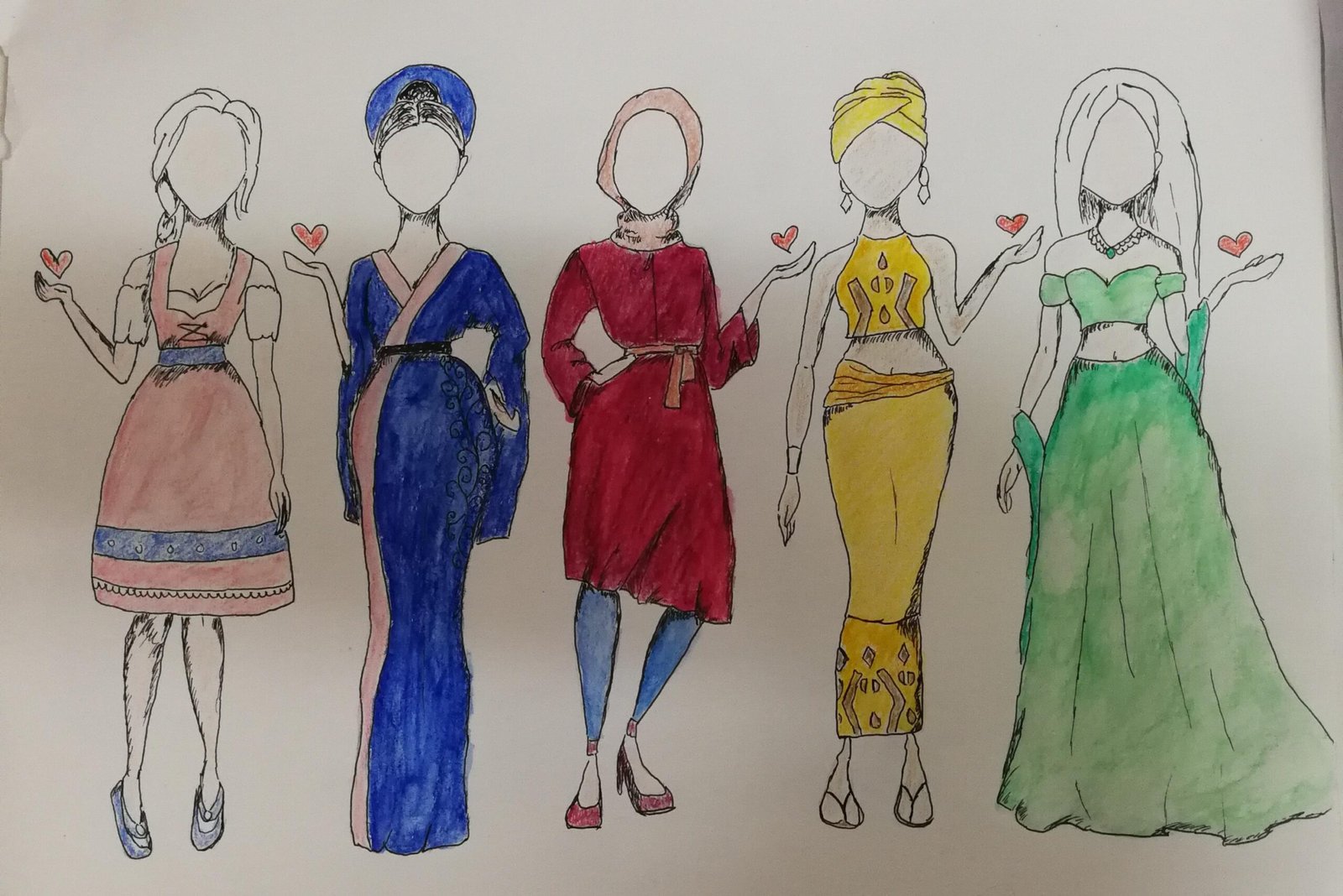Using reference images in comic creation is a powerful way to improve your artwork and storytelling. Reference images help you create more accurate anatomy, realistic backgrounds, and dynamic poses. Whether you’re a beginner or a seasoned comic artist, learning how to use references effectively can elevate your work. Let’s share some practical tips to get the most out of reference images.
1. Understand the Purpose of Reference Images
The primary reason for using reference images in comic creation is to enhance the realism and accuracy of your artwork. References can help you study complex elements like anatomy, facial expressions, or architectural details. However, they are not meant to be copied exactly. Instead, think of them as a guide to inspire your own creativity while maintaining artistic originality.
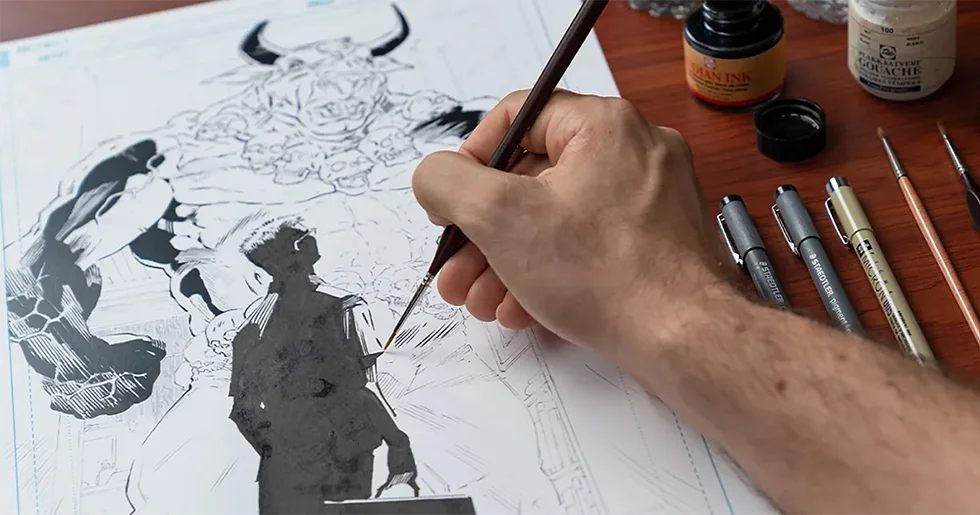
2. Gather High-Quality References
Good references make a big difference. Use clear, high-resolution images that capture the details you need. Websites like Pinterest, Unsplash, and Pixabay are excellent sources for free, high-quality images. If you’re looking for specific poses, consider using tools like Posemaniacs or apps that provide 3D models.
3. Organize Your Reference Library
As you work on your comic, you’ll likely collect a lot of reference images. To stay efficient, create a digital library. Use folders or apps like PureRef to keep your references organized. Label your images by category, such as characters, environments, or objects, so you can quickly find what you need.
4. Focus on Anatomy and Proportions
One of the most common uses for reference images in comic creation is to improve anatomy and proportions. Study how the human body moves and bends in different positions. Look at muscle groups, bone structure, and how light interacts with the skin. Practicing with references will help you draw more believable characters.
5. Use References for Dynamic Poses
Dynamic poses can bring your comic panels to life, and references can guide you in creating these exciting angles. Study action-packed images or sports photography to understand motion and energy. Incorporating these dynamic poses will make your characters more engaging and realistic.
6. Reference Backgrounds and Settings
Creating detailed backgrounds can be challenging, but reference images make it easier. If your story includes specific settings, like a cityscape or a forest, use photos to study the details. Notice the shapes, lighting, and textures to make your backgrounds more immersive.
7. Combine Multiple References
To avoid copying directly from one image, combine elements from several references. For example, you might use one photo for a character’s pose, another for their clothing, and a third for the background. This approach ensures your artwork remains unique while still benefiting from references.
8. Practice Sketching from References
Sketching directly from references is a great way to improve your skills. Start by replicating the basic shapes and gradually add details. Over time, this practice will help you develop a better understanding of anatomy, perspective, and composition.
9. Adapt References to Fit Your Style
While using reference images in comic creation, it’s important to adapt them to match your artistic style. If you work in a cartoon or exaggerated style, tweak the proportions and features of your references to fit your vision. References are there to assist, not dictate, your work.
10. Don’t Overuse References
Finally, remember that references are tools, not crutches. Avoid relying on them too heavily, as this can stifle your creativity. As you gain confidence, challenge yourself to draw from memory or imagination. This balance between using references and freehand drawing will help you grow as an artist.
Conclusion
Using reference images in comic creation is an essential technique that can significantly enhance your art. By understanding how to gather, organize, and adapt references, you can create comics that are both realistic and unique. Remember to practice regularly and stay creative while working with your references. With these tips, you’re on your way to mastering the art of comic creation!






